Themed collection Active Matter

Introduction to Active Matter
Moumita Das, Michael Murrell and Christoph Schmidt introduce the Soft Matter collection on active matter.

Soft Matter, 2020,16, 7185-7190
https://doi.org/10.1039/D0SM90137G
Encapsulation of the cytoskeleton: towards mimicking the mechanics of a cell
The cytoskeleton of a cell controls all the aspects of cell shape changes. Such conserved and effective control over the mechanics of the cell makes the cytoskeletal components great candidates for bottom-up synthetic biology studies.
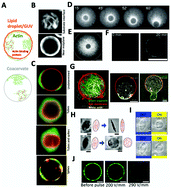
Soft Matter, 2019,15, 8425-8436
https://doi.org/10.1039/C9SM01669D
Transient supramolecular assembly of a functional perylene diimide controlled by a programmable pH cycle
Transient supramolecular self-assembly with tunable lifetime is achieved by coupling an alkali-generating clock reaction to a slow acid generator.
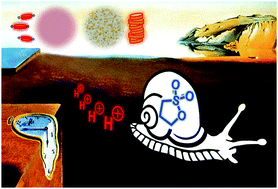
Soft Matter, 2020,16, 591-594
https://doi.org/10.1039/C9SM02026H
Topological data analysis of collective and individual epithelial cells using persistent homology of loops
Topology-based machine learning classifies complex spatial patterns of epithelial cells into distinct phases. The presence and stability of spatially-connected loops is an effective measure of topological similarity, even when population size varies significantly due to proliferation.
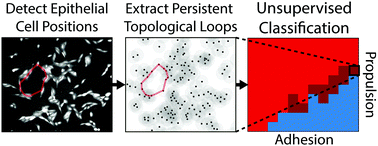
Soft Matter, 2021,17, 4653-4664
https://doi.org/10.1039/D1SM00072A
Differences in mechanical properties lead to anomalous phase separation in a model cell co-culture
Unusual phase separation dynamics with distinct morphologies of compact and dispersed clusters in a binary mixture of mechanically soft, less adhesive cells (red) and mechanically stiff, more adhesive cells (green).
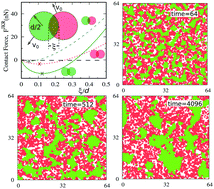
Soft Matter, 2021,17, 1842-1849
https://doi.org/10.1039/D0SM00836B
Rapid local compression in active gels is caused by nonlinear network response
Active stiffening and weakening both occur in active gels, which causes local compression that rapidly transmits in large distances.
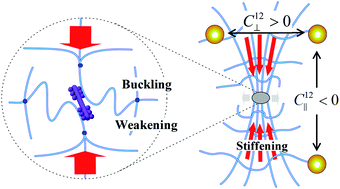
Soft Matter, 2020,16, 9369-9382
https://doi.org/10.1039/C9SM02362C
Kinetics of actin networks formation measured by time resolved particle-tracking microrheology
ATP-assisted actin network self assembly in vitro is acompanied by an overshoot of the viscoelastic moduli followed by a relaxation to steady-state values.
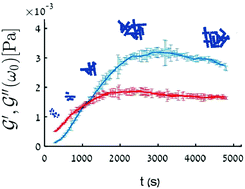
Soft Matter, 2020,16, 7869-7876
https://doi.org/10.1039/D0SM00290A
Finger-like membrane protrusions are favored by heterogeneities in the actin network
The pure effect of actin polymerization through branching, triggered at the membrane surface, generates both dendritic (conical) and conventional filopodia-like (cylindrical) membrane deformations depending on the initial heterogeneity in the actin network.

Soft Matter, 2020,16, 7222-7230
https://doi.org/10.1039/C9SM02444A
Quantifying the non-equilibrium activity of an active colloid
Active matter systems exhibit rich emergent behavior due to constant injection and dissipation of energy at the level of individual agents. We characterize the dissipation of single active colloids.
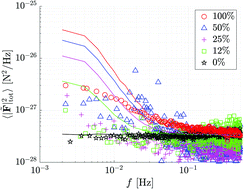
Soft Matter, 2020,16, 7202-7209
https://doi.org/10.1039/D0SM00398K
Phases and excitations of active rod–bead mixtures: simulations and experiments
We present large-scale simulations, supplemented by experiments, on flocking, banding and broken-symmetry excitations in a monolayer of polar rods and spherical beads, confined between horizontal plates and rendered active by vertical vibration.

Soft Matter, 2020,16, 7210-7221
https://doi.org/10.1039/C9SM02552A
Actin and microtubule crosslinkers tune mobility and control co-localization in a composite cytoskeletal network
Microtubules (left) and actin filaments (right) show low mobility when in bundles because actin is swept up into static microtubule bundles.
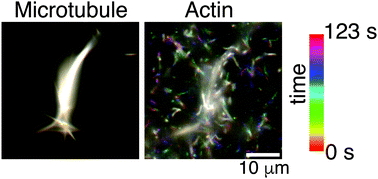
Soft Matter, 2020,16, 7191-7201
https://doi.org/10.1039/C9SM02400J
Active nematics with anisotropic friction: the decisive role of the flow aligning parameter
We use continuum simulations to study the impact of anisotropic hydrodynamic friction on the emergent flows of active nematics.

Soft Matter, 2020,16, 2065-2074
https://doi.org/10.1039/C9SM01963D
A subtle relationship between substrate stiffness and collective migration of cell clusters
The physical cues from the extracellular environment mediates cell signaling spatially and temporally.
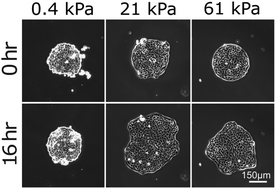
Soft Matter, 2020,16, 1825-1839
https://doi.org/10.1039/C9SM01893J
Collective and contractile filament motions in the myosin motility assay
In this computational study of the myosin motility assay, we demonstrated that volume-exclusion effects lead to distinct collective behaviors of actin filaments, whereas actin cross-linking proteins induce contractile behaviors of actin filaments.
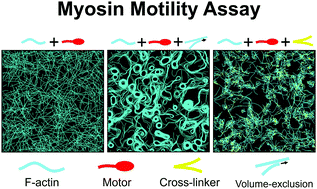
Soft Matter, 2020,16, 1548-1559
https://doi.org/10.1039/C9SM02082A
Neuron dynamics on directional surfaces
We quantify neuronal growth on substrates with controlled geometries and present a theoretical approach that describes the motion of axons.

Soft Matter, 2019,15, 9931-9941
https://doi.org/10.1039/C9SM01769K
Confinement and activity regulate bacterial motion in porous media
Direct visualization reveals how bacterial motility in a porous medium is regulated by pore-scale confinement and cellular activity, yielding fundamental insights into the behavior of active matter under confinement.
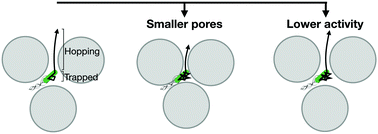
Soft Matter, 2019,15, 9920-9930
https://doi.org/10.1039/C9SM01735F
Jammed packings of 3D superellipsoids with tunable packing fraction, coordination number, and ordering
We carry out numerical studies of both amorphous and ordered packings of frictionless superellipsoidal particles in three spatial dimensions to understand their structural and mechanical properties.
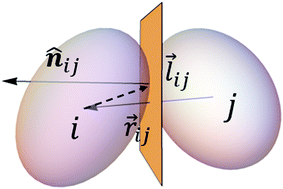
Soft Matter, 2019,15, 9751-9761
https://doi.org/10.1039/C9SM01932D
Uncovering the dynamic precursors to motor-driven contraction of active gels
Actin–myosin networks exhibit macroscopic contraction due to the activity of myosin motors. Contraction is preceded by thousands of seconds by changes of the microscopic dynamics, in analogy to dynamic precursors in passive gels under external loads.
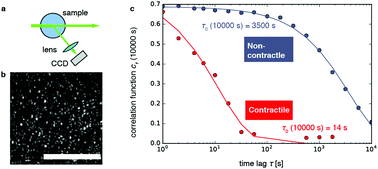
Soft Matter, 2019,15, 8552-8565
https://doi.org/10.1039/C9SM01172B
Mesoscopic non-equilibrium measures can reveal intrinsic features of the active driving
We show that 2-point non-equilibrium measures of fluctuating probe particles in an active system reveal features of the internal driving.
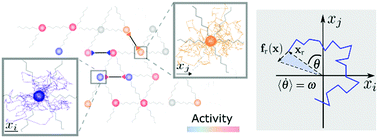
Soft Matter, 2019,15, 8067-8076
https://doi.org/10.1039/C9SM01169B
Molecular thermodynamics of receptor competition for endocytic uptake
Receptor–receptor competition for uptake reduces the probability of receptor partitioning into endocytic structures as described by an equilibrium thermodynamics model.
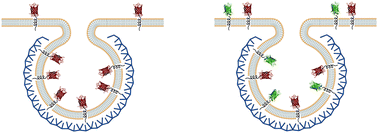
Soft Matter, 2019,15, 7448-7461
https://doi.org/10.1039/C9SM00876D
Stability of the interface of an isotropic active fluid
We study the linear stability of an isotropic active fluid in three different geometries: a film of active fluid on a rigid substrate, a cylindrical thread of fluid, and a spherical fluid droplet.
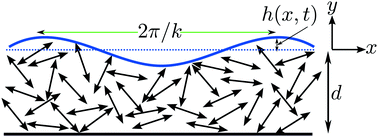
Soft Matter, 2019,15, 6318-6330
https://doi.org/10.1039/C9SM01216H
About this collection
This collection has been Guest Edited by Professors Moumita Das (Rochester Institute of Technology), Michael Murrell (Yale University) and Christoph F. Schmidt (Duke University). It encompasses a wide variety of active processes in soft materials, with a strong link to biological science, such as the collective dynamics and hydrodynamics of active particles, active jamming and unjamming transitions, cell and tissue wetting and dewetting, general theoretical approaches to active systems and entropy production, the broken detailed balance principle, morphogenesis and, lastly, the generation and control of forces in cells.